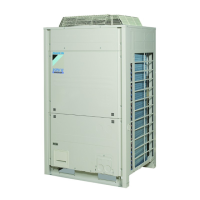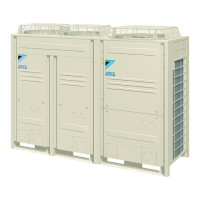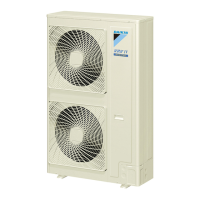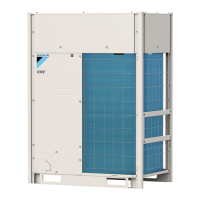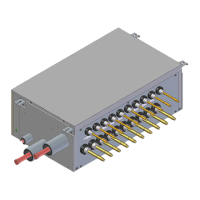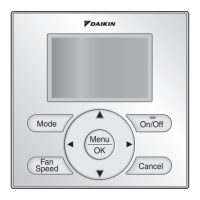10
Key Points for Selection
Obtain Project Data
Before selection of any VRV system, a minimum amount of information
is required for accurate equipment selection and to apply an
optimized design
For an accurate selection of indoor units the following information is required:
For an accurate selection of outdoor units the following information is required:
PEAK
Cooling Loads
PEAK
Heating Loads
DESIGN AIR
Conditions
» Engineers will
usually provide
both Total &
Sensible loads
which should
be entered
» However it is
possible to select
equipment using
only Total or
Sensible load
» Required when
either Heating
is the dominant
operation or the
heating design
condition is
below 32°F
» The dry & wet bulb
temperature entering
the coil
» Also known as
“air-on” or “mixed air”
conditions
» Nominal conditions are
typically 80 °F db &
67 °F wb but rarely
reflect actual conditions
» Design air-on can also
be given as db/RH%
(e.g. 74°F & 50% RH)
AMBIENT Conditions PIPE LENGTH
» The design ambient
temperature for the
location of the project
» Both engineers and D&B
contractors should have
this information
» If this information is not at
hand then use ASHRAE
standard design conditions
for the location
» The estimated distance between
the outdoor unit and the furthest
indoor unit
» This is the linear length from one
point to another NOT the total
amount of piping
» Both engineers and D&B
contractors should be able to pin
point the outdoor unit location
» Be sure to calculate and include
the vertical height between
outdoor & furthest indoor unit

